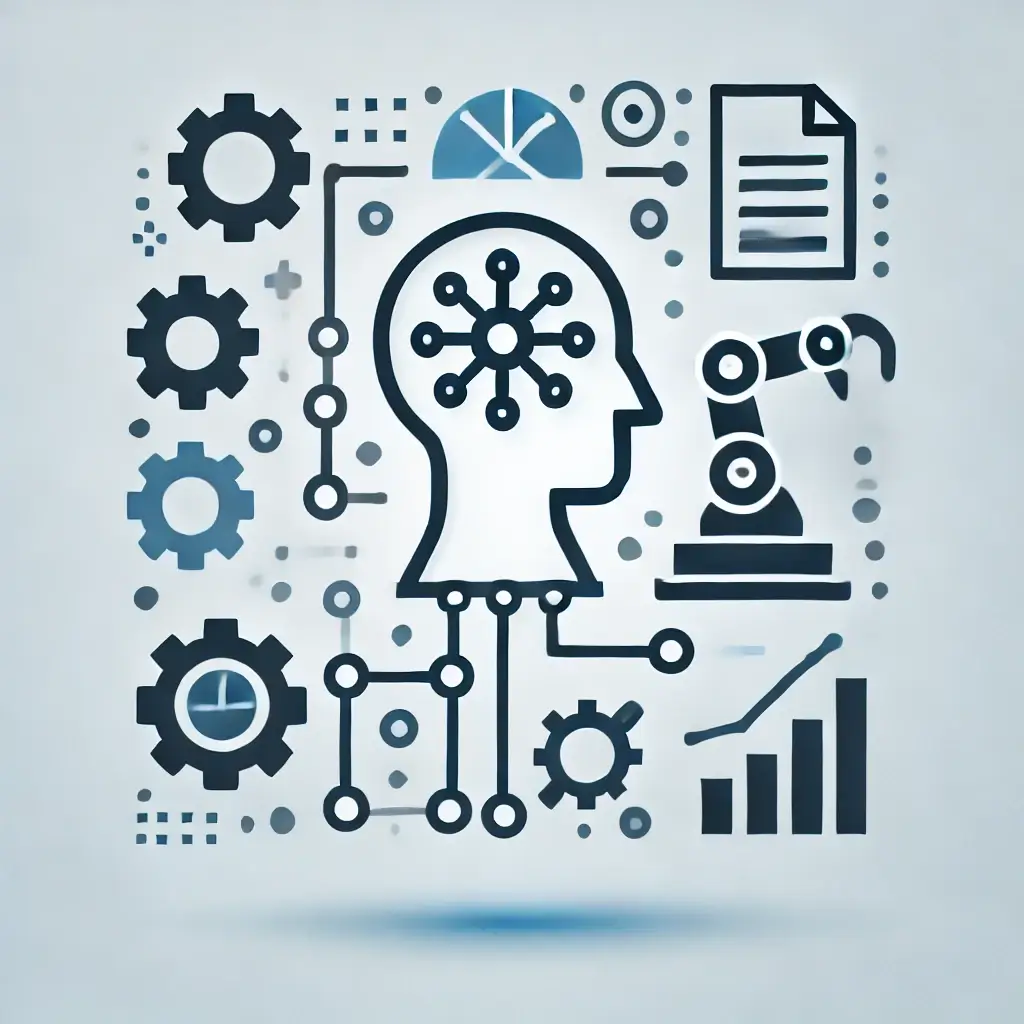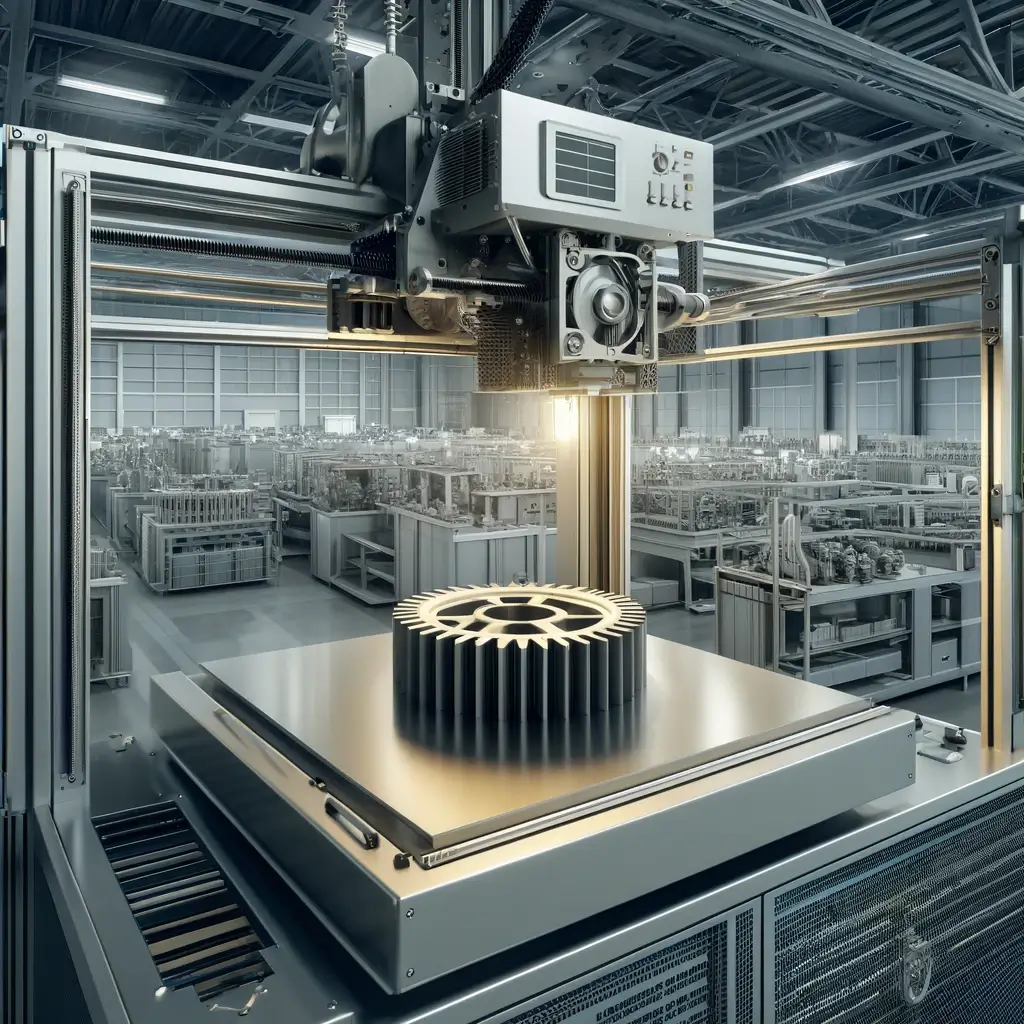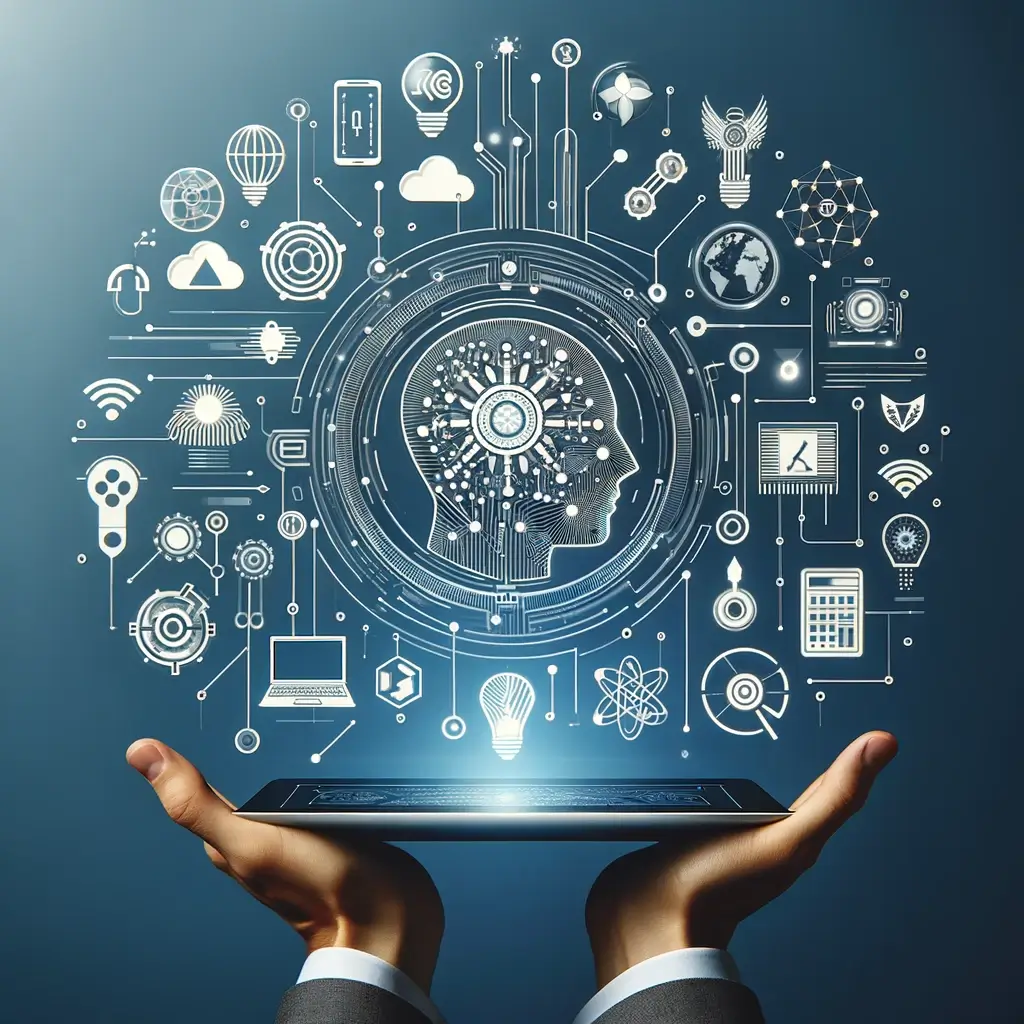In an era where technology seamlessly integrates into our daily lives, the realm of ‘smart products’ stands at the forefront, revolutionizing how we interact with our environment.
While the concept of these advanced devices has been thoroughly dissected from a technical standpoint, there remains a rich landscape to explore regarding their practical applications.
This post aims to venture beyond the basics, delving into the real-world applications of smart products and how they are shaping industries, enhancing consumer experiences, and paving the way for a more interconnected future.
Understanding Smart Products
Smart products represent a significant leap in technological integration, transcending traditional functionality to offer interconnected, intelligent solutions. These products are characterized by their ability to connect, share, and interact with their environment and users, often autonomously and in real-time. Key features that distinguish smart products include advanced sensors, internet connectivity, data analytics capabilities, and the use of artificial intelligence to learn from interactions and improve performance over time.
In the realm of smart products, there are four distinct stages that define their capabilities and functionalities. These stages represent an evolutionary path, starting from basic connectivity to reaching advanced levels of autonomy and intelligence. Each stage marks a significant enhancement in how these products interact with their environment and users, ultimately leading to more sophisticated, autonomous, and adaptive solutions.
For a detailed understanding of these stages and how they contribute to the development of smart products, you can refer to a detailed explanation in another blog post: Revolution of Smart Products: From Basics to Autonomy. This article provides an insightful breakdown of these evolutionary steps.
Smart Products Applications in Daily Life
Smart products aren’t just gadgets; they’re our new best friends, making life easier, more efficient, and a lot more fun. Here’s how they’re seamlessly blending into our day-to-day activities:
- Home Sweet Smart Home:
- Thermostats learn your comfort preferences.
- Lighting systems set the mood with a tap on your phone.
- Security cameras keep watch, offering peace of mind.
- Wearable Tech: Your Health’s Companion:
- Smartwatches: Not just for time, but for tracking heartbeats and steps.
- Fitness trackers: Your personal coach on your wrist, encouraging a healthier lifestyle.
- Stay connected: Get notifications and handle quick messages, all hands-free.
- Culinary Magic in the Kitchen:
- Smart refrigerators: Know what’s inside without opening the door.
- Ovens and coffee makers obey your smartphone’s commands.
- Cooking becomes an experience, tailored and efficient.
- Cleaning Made Effortless:
- Smart vacuums and mops: They know your floors better than you do.
- Automotive Ingenuity:
- Tesla and others lead the charge with smart features in cars.
- Predictive maintenance: Cars tell you when they need a check-up.
- Autopilot features: A sneak peek into the future of autonomous driving.
In short, smart products are not just changing the way we live; they’re reshaping our daily experiences into something straight out of a sci-fi novel, but with the professionalism of a well-oiled machine.
Industrial and Commercial Applications of Smart Products
Smart products are not just nifty gadgets; they’re power-players in major industries. Here’s the lowdown on their impact across healthcare, manufacturing, and retail:
- Healthcare Revolutionized:
- IoT in healthcare: It’s like having a doctor on-call 24/7.
- Remote patient monitoring: Keeping tabs on health, effortlessly.
- Wearable health tech: Personal health assistants on your wrist.
- Smart hospitals: Equipment tracking and hygiene monitoring made easy.
- Insurance gets smarter: IoT data driving better policies and fraud detection.
- Manufacturing Reimagined:
- The rise of smart manufacturing: Where robots and AI are the new workforce.
- Medical device production gets a tech boost: Efficiency and quality at its peak.
- Smart factories: Adapting in real-time to keep the wheels turning smoothly.
- Retail Transformed:
- Inventory management: Smart systems predicting what’s hot and what’s not.
- Shopping redefined: AI and data analytics crafting personalized experiences.
- Customer satisfaction: Understanding shoppers like never before.
In a nutshell, smart products aren’t just changing the game; they’re redefining the playing field in these industries, making operations smarter, experiences more personalized, and efficiency the new normal.
Innovative Uses in Niche Markets
Smart products are finding unique applications in niche markets, often driven by customer involvement and technological innovation. One example is in the coffee machine industry, where customer feedback plays a crucial role in product development. This involvement helps firms understand customer needs, adapt product features to user preferences, and accelerate the development process.
However, the integration of new digital technologies can also lead to challenges, such as resistance or friction from established actors in the market. These dynamics illustrate how smart products are not only transforming industries but also reshaping the relationships and interactions within them.
This integration of customer feedback and technology is exemplified in sectors like coffee-machine production, where understanding and responding to user preferences is key. The success of smart products in these niche markets hinges on balancing innovative technology with user-centric design and development.
Challenges and Considerations in Smart Products Applications
While smart products offer numerous advantages, their adoption isn’t without challenges and considerations. These hurdles range from technical complexities to concerns about user privacy and data security.
It’s crucial to understand and address these issues to ensure the effective and responsible implementation of smart technologies.
Below are some of the key challenges and considerations to keep in mind:
- Privacy and Security Risks:
- Concerns about data breaches and unauthorized access.
- Importance of robust security measures and privacy standards.
- Technological Complexity:
- Integration issues, especially with older systems.
- Need for continuous updates and maintenance.
- Reliability and Accuracy:
- Critical in applications like healthcare.
- Ensuring dependable performance is essential.
- User Adoption and Training:
- Overcoming resistance to new technologies.
- Providing adequate training and support.
- Cost Implications:
- Initial investment and ongoing expenses.
- Balancing cost with benefits.
Addressing these challenges is vital for the effective and trustworthy implementation of smart products.
Future Trends and Developments: A Glimpse into Tomorrow’s Smart World
Imagine stepping into a future where your morning coffee is prepared by a kitchen that understands your taste better than you do. This isn’t just fantasy; it’s where smart technology is headed. The integration of AI and machine learning is set to create products that not only think but learn and adapt. Your home will not just be connected; it will be a symphony of smart devices, all working in harmony.
Sustainability will take center stage, with smart technologies leading the charge in energy efficiency and environmental stewardship. Imagine solar-powered smart homes that talk to the grid, optimizing energy usage, or smart cities that manage resources with unprecedented precision.
Augmented and virtual reality will go beyond gaming, transforming how we shop, learn, and even receive healthcare. Picture trying on clothes virtually or doctors performing surgery with enhanced AR visualization.
Biotechnology will intertwine with smart tech, heralding breakthroughs in personalized medicine and health monitoring. Think wearable devices that not only track your health metrics but also predict and prevent illnesses.
This isn’t just a glimpse into the future; it’s a sneak peek at a smarter, more efficient, and incredibly exciting world that awaits us!
Conclusion
In conclusion, the journey into the world of smart products is both fascinating and transformative. From enhancing daily life and revolutionizing industries to exploring niche markets and overcoming challenges, these technologies are redefining our future.
As we look ahead, the anticipated trends and developments promise even more exciting advancements. Embracing these innovations with mindfulness towards security, privacy, and ethical considerations, we stand on the cusp of a smarter, more efficient world that harnesses the power of technology for the betterment of society and the environment.








